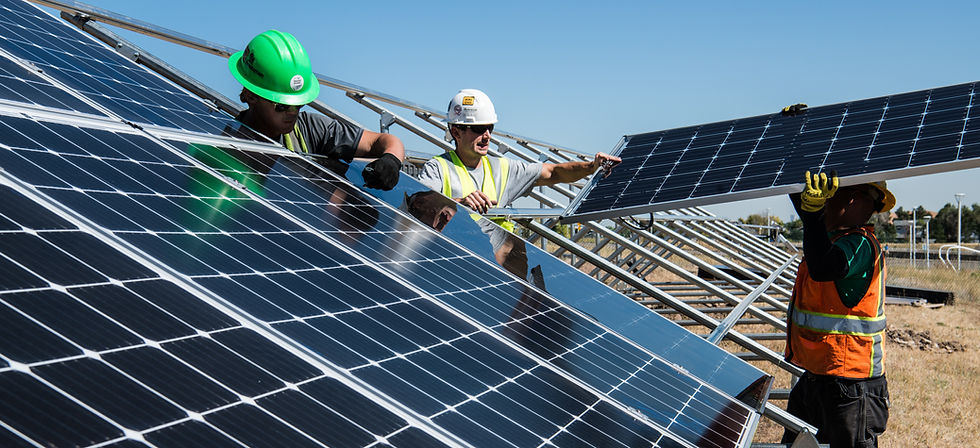State Aid: Danish Aid Scheme to Support Production of Electricity from Renewable Energy Sources
- ECOPNET

- May 11, 2021
- 3 min read

The European Commission has approved, under EU State aid rules, a Danish aid scheme to support electricity production from renewable sources. The measure will help Denmark reach its renewable energy targets without unduly distorting competition and will contribute to the European objective of achieving climate neutrality by 2050.
Executive Vice-President Margrethe Vestager, in charge of competition policy, said: “This Danish scheme will contribute to substantial reductions in greenhouse emissions, supporting the objectives of the Green Deal. It will provide important support to a wide range of technologies generating renewable electricity, in line with EU rules. The wide eligibility criteria and the selection of the beneficiaries through a competitive bidding process will ensure the best value for taxpayers money and will minimise possible distortions of competition.”
The Danish scheme
Denmark notified the Commission of its intention to introduce a new scheme to support electricity produced from renewable energy sources, namely onshore wind turbines, offshore wind turbines, wave power plants, hydroelectric power plants and solar PV. The measure follows a previous Danish aid scheme for electricity from renewable energy approved by the Commission in August 2018, which expired on 31 December 2019.
The aid will be awarded through a competitive tendering procedure organised in 2021-2024 and will take the form of a two-way contract-for-difference premium. Under this model, where the electricity price is below a reference price established based on an auction, the State pays the renewable electricity producer the difference between the actual electricity price and the reference one. On the other hand, where the electricity price is above the reference price, the electricity producer pays the State the difference between the actual electricity price and the reference one. This guarantees renewable energy producers long-term price stability, helping them to make the necessary investments, while limiting the cost for the State. The measure has a total maximum budget of approximately €400 million (DKK 3 billion). The scheme is open until 2024 and aid can be paid out for a maximum of 20 years after the renewable electricity is connected to the grid.
The Commission's assessment
The Commission assessed the measure under EU State aid rules, in particular the 2014 Guidelines on State aid for environmental protection and energy.
The Commission found that the aid is necessary to further develop the renewable energy generation to meet Denmark's environmental goals. It also has an incentive effect, as electricity prices do not fully cover the costs of generating electricity from renewable energy sources.
Furthermore, the aid is proportionate and limited to the minimum necessary, as the level of aid will be set through competitive tenders. Finally, also thanks to the existence of a competitive bidding process, the Commission found that the positive effects of the measure, in particular the positive environmental effects, outweigh any possible negative effects in terms of distortions to competition.
On this basis, the Commission concluded that the Danish scheme is in line with EU State aid rules, as it will facilitate the development of renewable electricity production from various technologies in Denmark and reduce greenhouse gas emissions, in line with the European Green Deal and without unduly distorting competition. As ECOPNET, we welcome this scheme as it will reinforce the renewable electricity production using different technologies.
Background
The Commission's 2014 Guidelines on State Aid for Environmental Protection and Energy allow Member States to support the production of electricity from renewable energy sources, subject to certain conditions. These rules aim to help Member States meet the EU's ambitious energy and climate targets at the least possible cost for taxpayers and without undue distortions of competition in the Single Market.
The Renewable Energy Directive of 2018 established an EU-wide binding renewable energy target of 32% by 2030. With the European Green Deal Communication in 2019, the Commission reinforced its climate ambitions, setting an objective of no net emissions of greenhouse gases in 2050. In April 2021, the Council and the European Parliament reached a provisional agreement on the net 55% target for 2030, which sets the ground for the ‘fit for 55' legislative proposals scheduled for June 2021.
Source: European Commission Press Corner





Comments